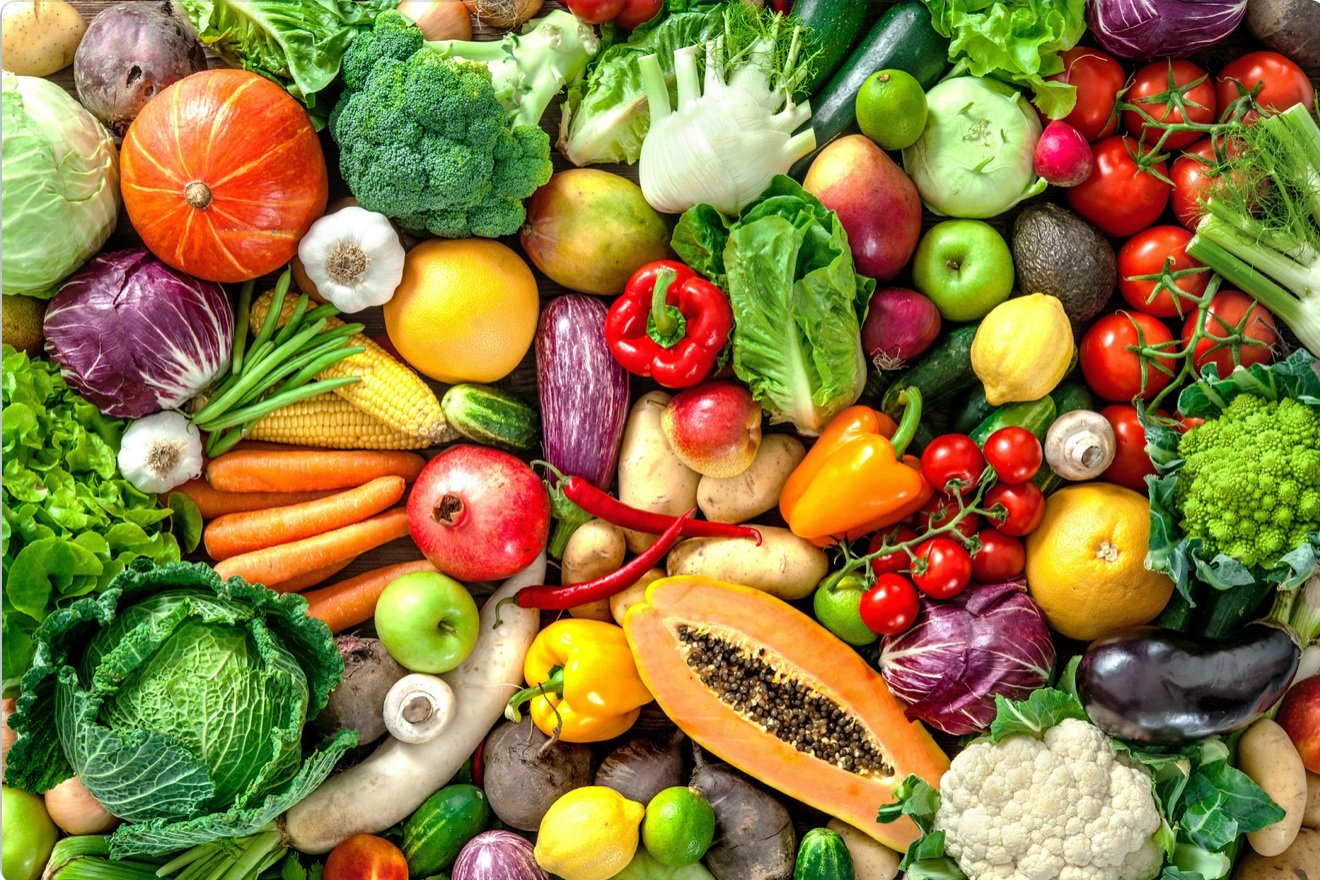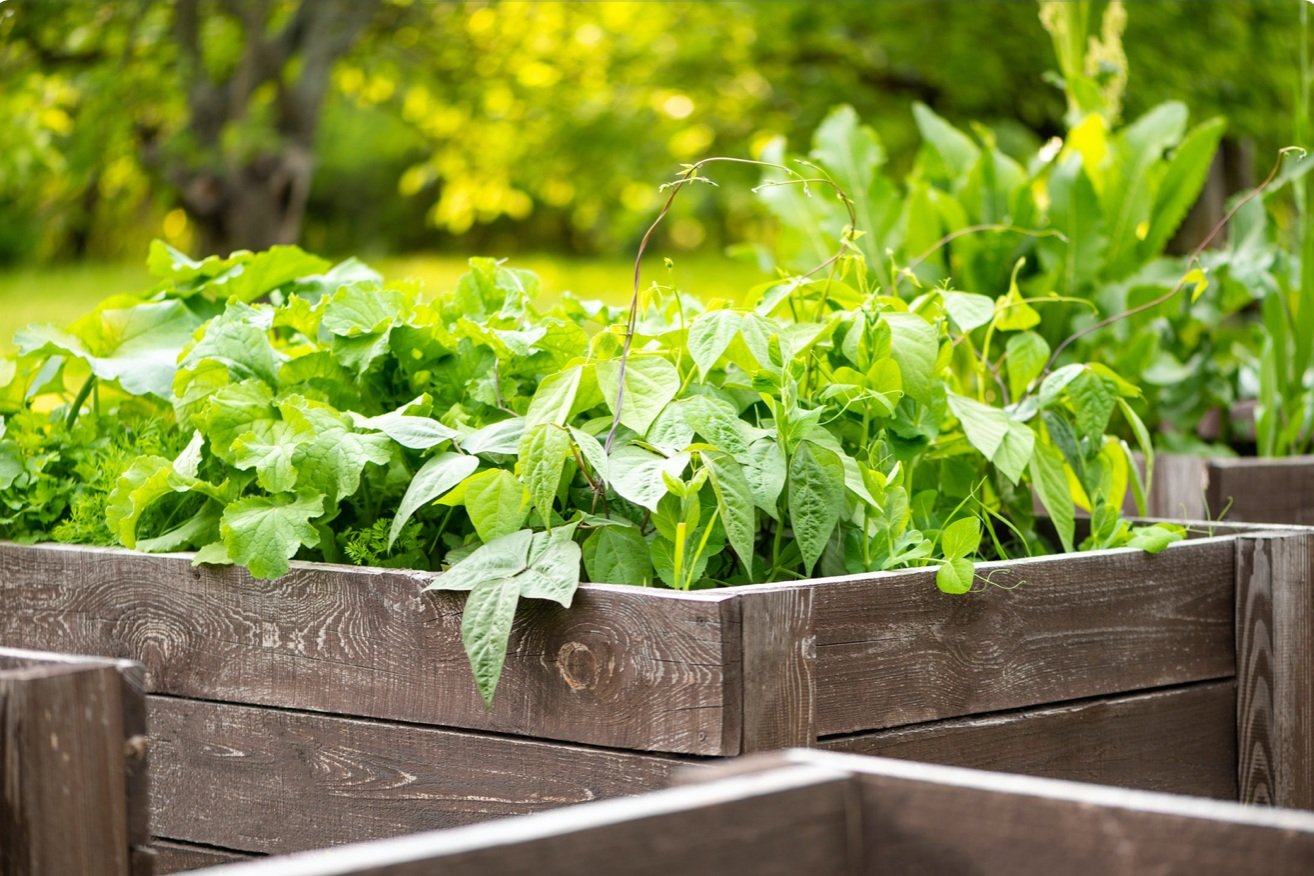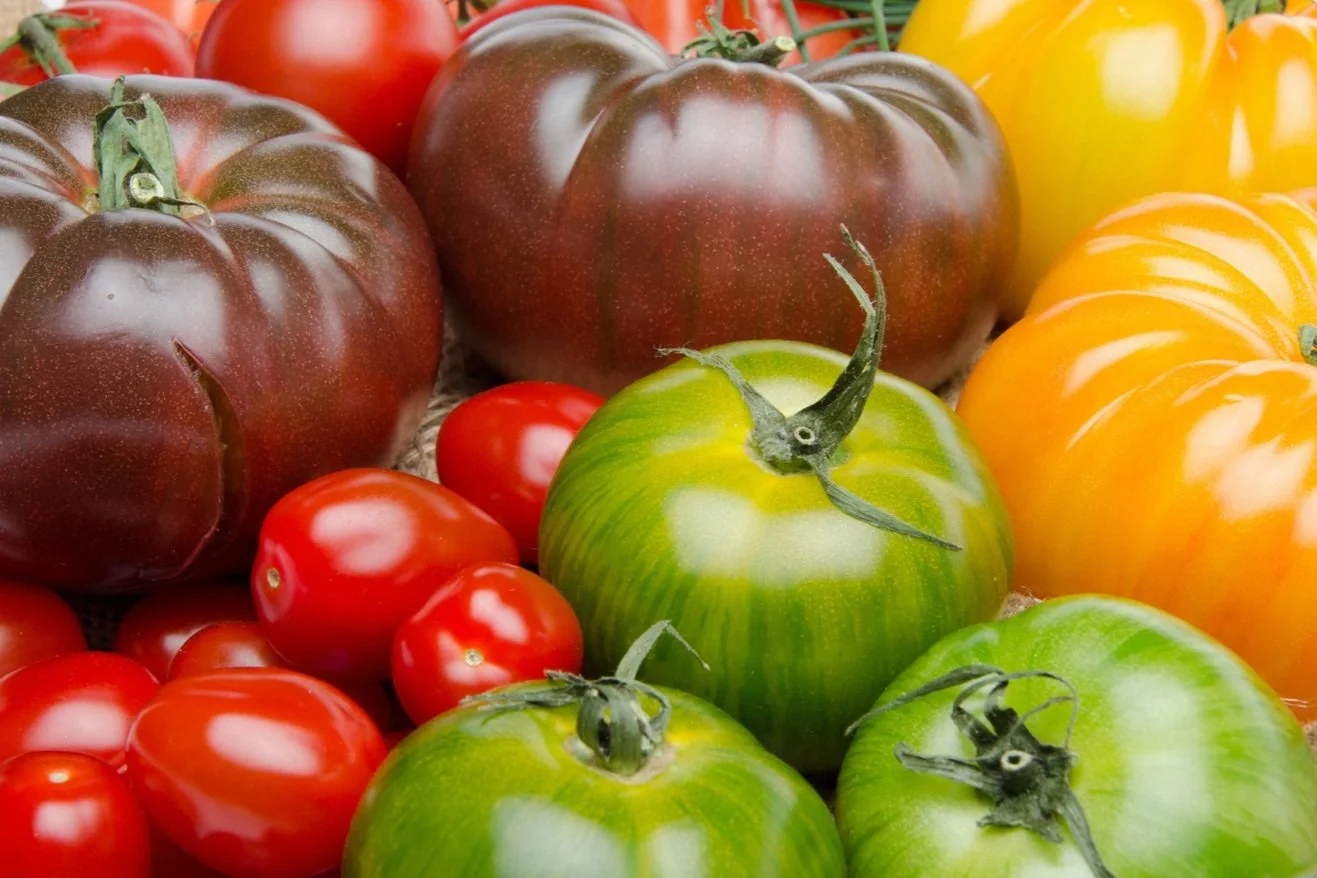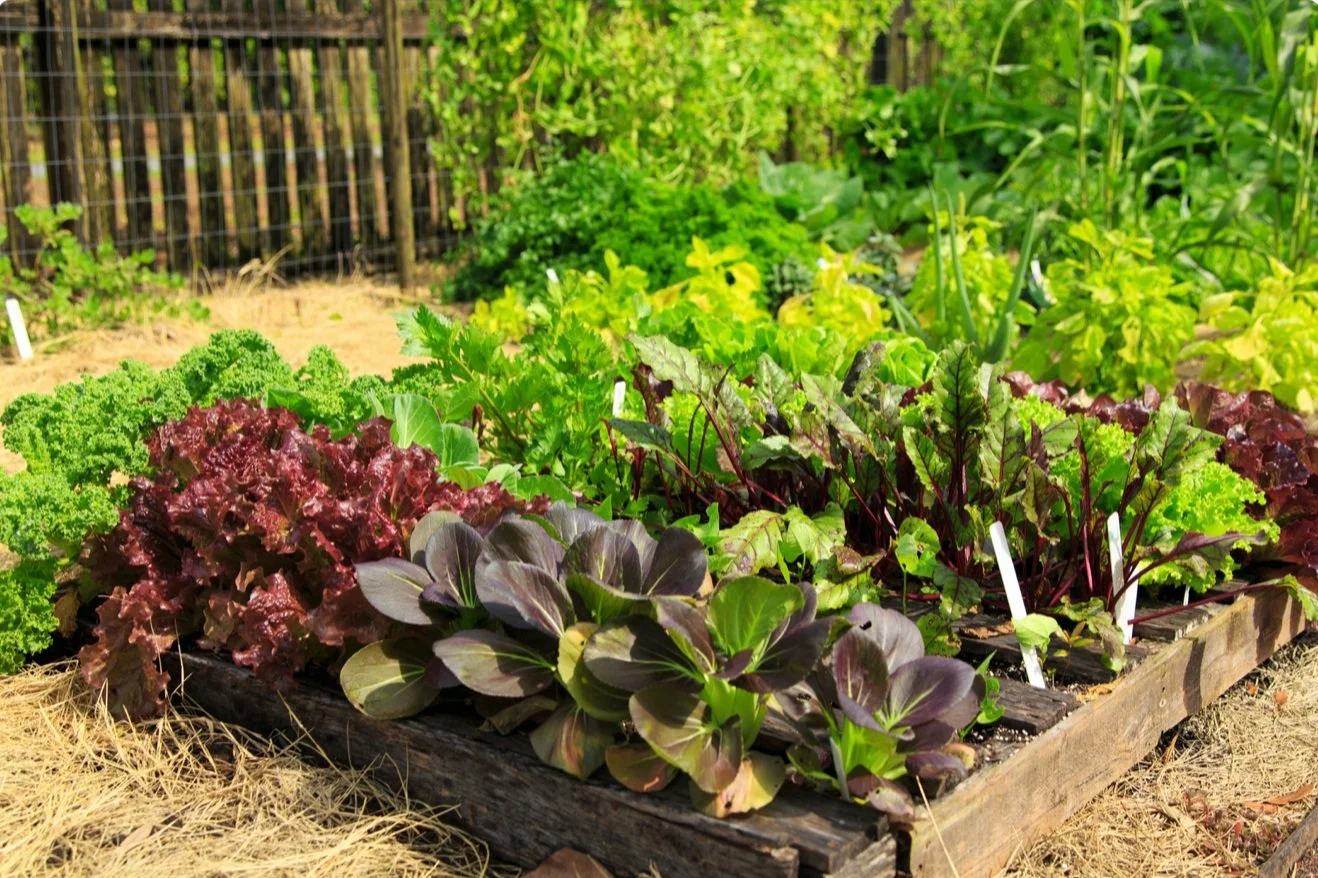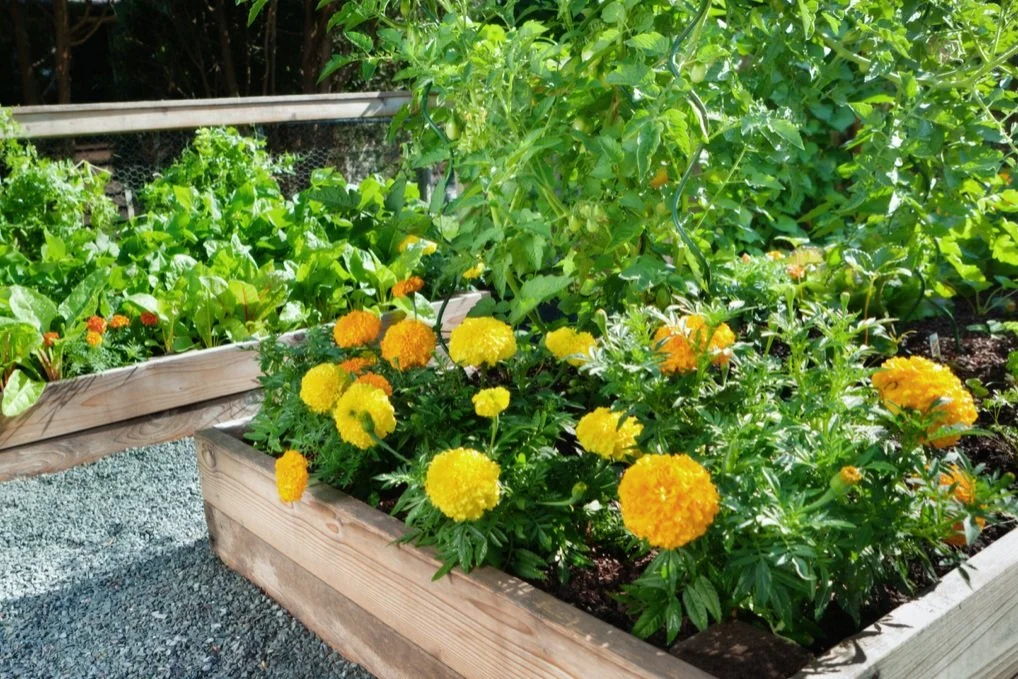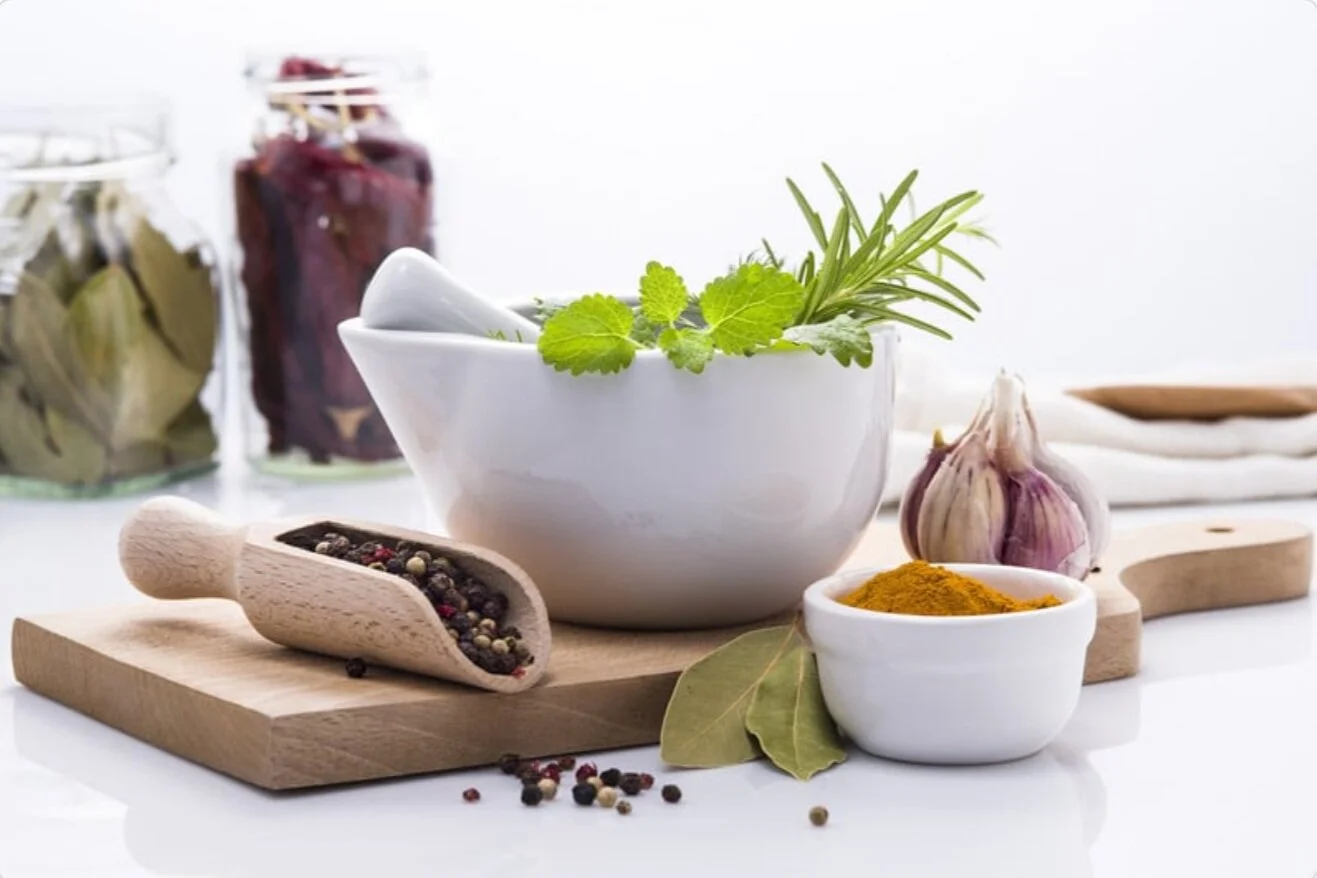5 Steps to Create Your Own Culinary Nutrition Garden
What is Culinary Nutrition Anyway?
Culinary nutrition means using fresh, seasonal, organic foods in their whole and natural form as ingredients in super good, healthy and healing recipes. The focus is on creating and eating dishes that combine the therapeutic properties of various foods for optimal health. And to prepare meals your family will actually eat!
A great place to start is by creating a culinary nutrition garden (sometimes called a wellness garden) that is specifically designed to include the foods you need to eat to feel your very best. Keep reading to find out how to do just that in 5 simple steps!
Step 1: Choose Your Health Focus
Gardening with the purpose of health and wellness may completely change your life. No, really! Are you easily fatigued? Do you suffer from migraines? Are you dealing with chronic inflammation? Perhaps you’ve recently been diagnosed with arthritis. Maybe you have insomnia or are living with a leaky gut. Or it could just be that you want to include more fruits and veggies in your diet.
The first step in creating a culinary nutrition garden is deciding on your health focus - whatever that might be. Deciding on a healthy focus is important since eating the right foods for your specific condition can positively affect the way you feel each day. And an intentionally designed culinary nutrition garden can provide a seasonal source of fresh, organic foods that can be used as key ingredients in your favorite healthy dishes!
Step 2: Conduct Your Research
Once you’ve decided on your health focus, Step 2 is all about research - I love this part! Your focus may involve a condition that you’ve had for a while, in which case you may have an idea about what to include in your diet. Or you may have chosen to focus on a newly diagnosed health condition and not know where to begin. Either way, research is key.
As relates to your chosen health focus, begin to compile a list of foods that heal. List the key nutrients in those foods and how they are helpful for your health condition. Next, compile a list of foods that may be harmful to your health condition. Write down how they harm and why they should be avoided.
Then, prioritize your list of healing foods by identifying which foods are herbs, fruits and vegetables that could be grown in your garden.
Step 3: Identify Your Growing Season
Gardeners don’t just rely on plant hardiness zones to plan a garden, they also look at growing seasons. In this step, use your location to determine which of the following 4 growing seasons you’re in:
Hot Season: Average high temperature is above 85 degrees Fahrenheit with no chance of frost.
Warm Season: Average high temperature is between 65 and 85 degrees Fahrenheit with no chance of frost.
Cool Season: Average high temperature is between 35 and 65 degrees Fahrenheit and there is a likely chance of frost.
Cold Season: Average high temperature is below 32 degrees Fahrenheit and there is a guaranteed chance of frost or snow.
Step 4: Choose Your Plant Varieties
Step 4 is all about choosing the vegetable, fruit and herb varieties that you’re going to plant. Depending on your location, certain varieties will do better than others. Choosing varieties that are adapted to your climate and growing area is essential for the success of your culinary nutrition garden.
Some of the healing foods you’ve chosen for your culinary nutrition garden may be easier to grow from seed and some may do best as transplants. Be sure to review the recommended planting guidelines for the varieties you wish to grow.
If buying seeds, look for seed companies that are located in your same region. If purchasing transplants, visit local nurseries or garden centers to select your plants. The closer to home you can stay, the more likely it is that your seeds and plants will grow strong and produce as expected.
Step 5: Plant At The Right Time
In this final step, you’ll plan out your planting schedule. Each of your healing foods will fall within a specific growing season, but you’ll plant them before the season begins. Check with local growers or your county extension office for the best time to plant. Here’s a list to get you started.
Hot Season: Garlic, onions, chives, arugula, sweet potato, cucumber, lemongrass, basil, mint, oregano, rosemary, sage, thyme, calendula, marigolds, nasturtium, zinnia, tomatillos, peppers, eggplant and blackberries.
Warm Season: Garlic, onion, chives, Swiss chard, arugula, kale, cucumbers, squash, zucchini, beans, basil, mint, oregano, rosemary, sage, thyme, parsley, calendula, marigolds, nasturtium, tomatoes, peppers, eggplant, blueberries, strawberries, raspberries and blackberries.
Cool Season: Garlic, onions, chives, beets, Swiss chard, spinach, lettuces, romaine, buttercrunch, radicchio, chamomile, calendula, marigolds, carrots, radishes, dill, cilantro, parsley, fennel, arugula, broccoli, cabbage, cauliflower, kale, kohlrabi, peas, beans, oregano, rosemary, sage, thyme, blueberries and strawberries.
Cold Season: Garlic, onions, chives, asparagus and shallots (dormant), spinach (under cover if temps are above 25 degrees), carrots (under cover) and rhubarb (dormant).
Let’s Do This!
So now you know the 5 simple steps you can take right now to create your very own culinary nutrition garden! And if your chosen health focus is chronic systemic inflammation - or if you’re just curious as to what research I’ve gathered regarding anti-inflammatory foods - join my email list and grab my FREE downloadable PDF guide to 24 Inflammation Fighting Foods You Can’t Live Without. It’s worth it!
And if you’re not quite ready for a small scale wellness garden, an easy way to start is with culinary herbs.
“Spice Up Your Life” is my into-level, online course where I show you how to plant, grow and harvest organic garden herbs naturally used to reduce chronic inflammation. I also show you how to use these herbs (and others, as well as some anti-inflammatory spices) in teas and soaks, and how to create herbal spice blends for everyday cooking.
And the cool thing is that a lot of these anti-inflammatory herbs and spices also contain therapeutic properties that are beneficial for a variety of other health conditions - and you now have the knowledge to choose the best ones for your health focus!
Click the button below to sign up for the “Spice Up Your Life” waitlist.
Happy gardening!



